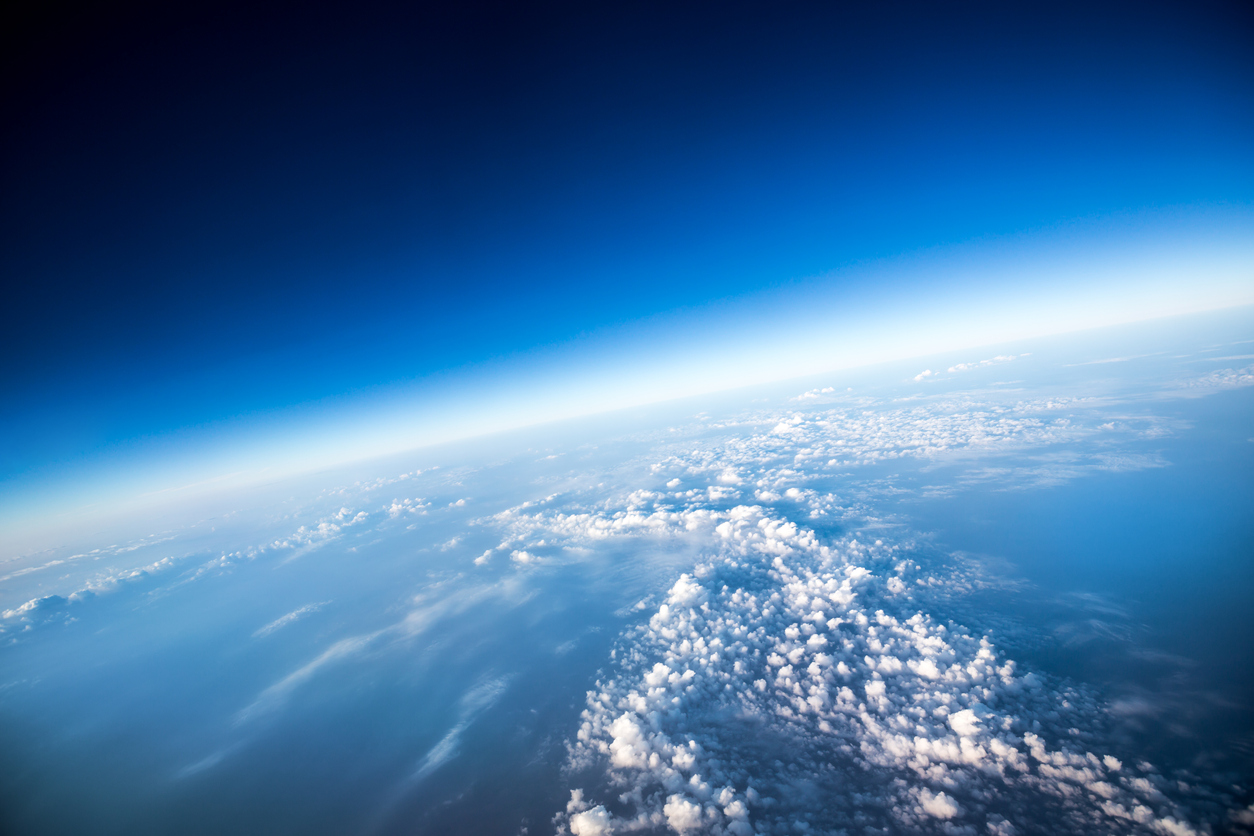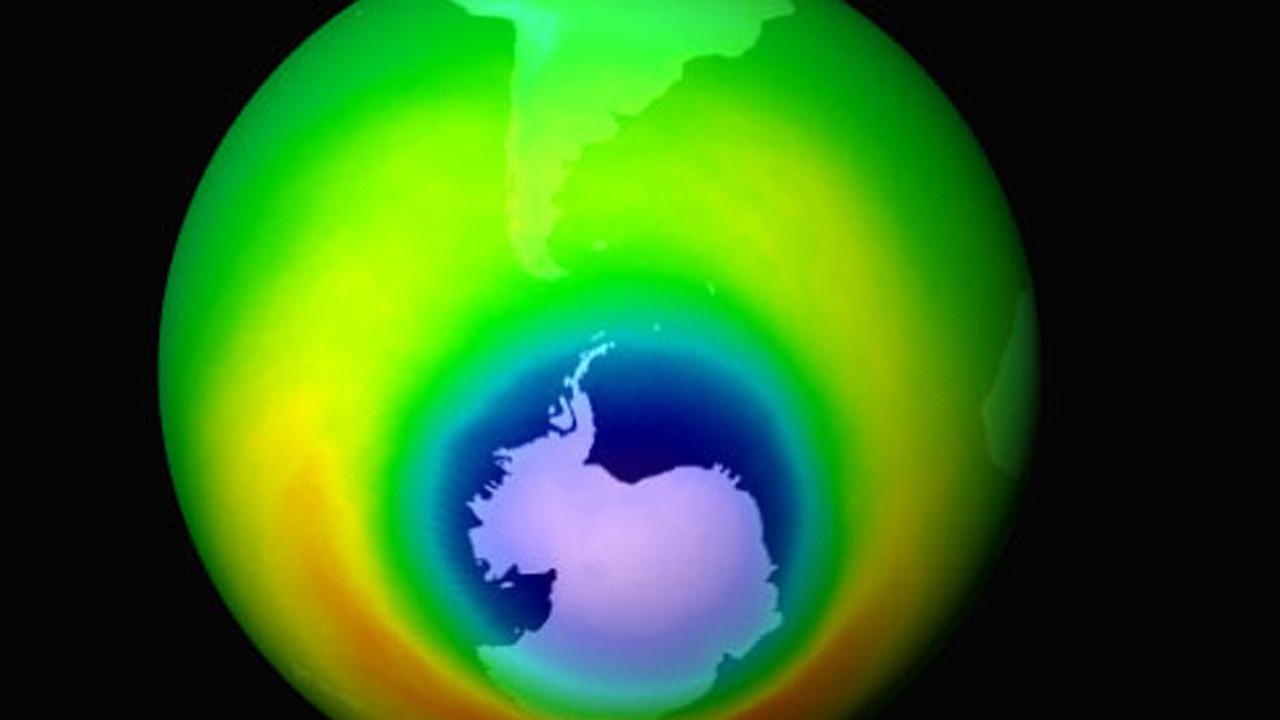
The 2023 ozone hole opened early and fast, becoming one of the largest on record in mid-September, and it’s one of the longest-lived observed to date. The causes of this behaviour point to climate change or volcanic emissions.

A large hole in the Antarctic ozone layer once thought to be steadily closing could actually be widening, according to new research.

The ozone hole over Antarctica is one of the biggest on record, roughly three times the size of Brazil. It's a natural phenomenon, but scientists are concerned climate change could begin reopening ozone holes.

The Ozone hole over the Antarctica continent has become unprecedentedly deeper and larger in the last 15 years, the latest finding of the World Meteorological Organization has shown. It has reached its peak of at 24 mil square km.

Earlier this year, most of the ozone around 18 km overhead had vanished completely. But now we can breathe a sigh of relief as its healed up again. However, it's hard to predict just how rising temperatures will affect it in future.

The recently discovered increase in emissions of trichlorofluoromethane (CFC-11) may delay the recovery of the Antarctic ozone hole by over a decade if it continues, suggests a modelling study.

Recent studies have shown that global emissions of carbon tetrachloride, that contributes to the destruction of the Earth's ozone layer, have not declined as expected, with about 40,000 tonnes still being emitted each year.

Researchers may have found the reason for the rise in levels of CFCs in the atmosphere: factories in China that produce foam for refrigerators and buildings.

Instead of an accelerating decline, ozone - destroying CFC-11 showed a steady drop of 2.1 parts-per-trillion each year between 2002 and 2012. Since then, its decline has actually slowed.

30 years on ozone hole healing is proving painfully slow. New discoveries about chemicals not covered by the Montreal protocol are raising fears that full recovery could be postponed into the 22nd century — or possibly even prevented altogether.

What if I told you the world could take one action this year that would shave off a half a degree Celsius of warming from our overheating planet? Leaders have a chance when they meet in Rwanda next month to secure a phase-down of hydrofluorocarbons (HFCs).

Scientists at MIT and elsewhere have identified the "first fingerprints of healing" of the Antarctic ozone layer, published today in the journal Science. September ozone hole has shrunk by 4 million square kilometers since 2000.